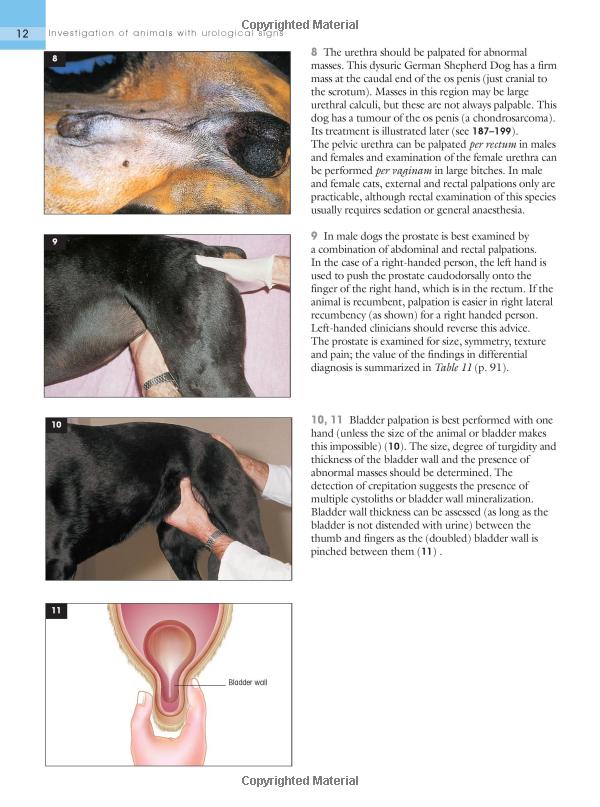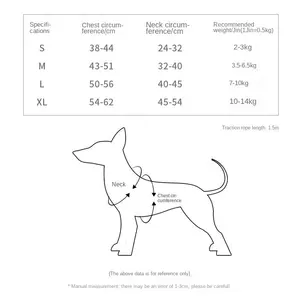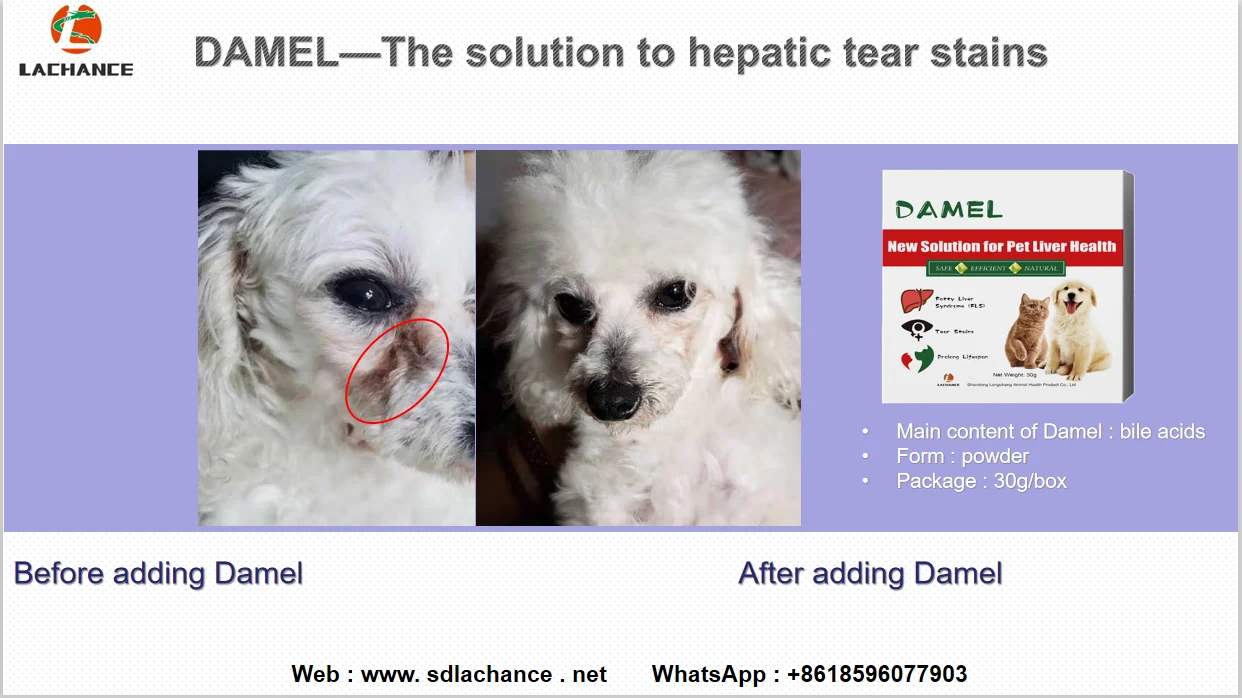Understanding Pet Respiratory Illness: Symptoms, Causes, and Treatment Options
Guide or Summary:Introduction to Pet Respiratory IllnessCommon Symptoms of Pet Respiratory IllnessCauses of Pet Respiratory IllnessDiagnosis of Pet Respirat……
Guide or Summary:
- Introduction to Pet Respiratory Illness
- Common Symptoms of Pet Respiratory Illness
- Causes of Pet Respiratory Illness
- Diagnosis of Pet Respiratory Illness
- Treatment Options for Pet Respiratory Illness
- Preventing Pet Respiratory Illness
**Translation of "pet respiratory illness":** 宠物呼吸道疾病
Introduction to Pet Respiratory Illness
Pet respiratory illness refers to a range of conditions that affect the respiratory system of pets, particularly dogs and cats. These illnesses can manifest as mild infections or serious diseases that can significantly impact your pet's health and well-being. Understanding the symptoms, causes, and treatment options available for pet respiratory illness is crucial for pet owners to ensure the health of their beloved animals.

Common Symptoms of Pet Respiratory Illness
Pets suffering from respiratory illness may exhibit a variety of symptoms. Common signs include coughing, sneezing, nasal discharge, difficulty breathing, lethargy, and reduced appetite. In more severe cases, pets may develop a fever or show signs of distress when exerting themselves. It is essential for pet owners to monitor their pets closely and consult a veterinarian if any of these symptoms persist or worsen.
Causes of Pet Respiratory Illness
Pet respiratory illness can be caused by various factors, including viral infections, bacterial infections, allergens, and environmental irritants. Common viral infections include canine parvovirus and feline herpesvirus, while bacterial infections may stem from Bordetella bronchiseptica, which is often associated with kennel cough. Allergens such as pollen, dust mites, and mold can also trigger respiratory issues in sensitive pets. Additionally, exposure to smoke or other pollutants can exacerbate existing respiratory conditions.
Diagnosis of Pet Respiratory Illness
A veterinarian will typically perform a thorough physical examination and may recommend diagnostic tests such as blood work, X-rays, or cultures to determine the underlying cause of the respiratory illness. Early diagnosis is critical, as prompt treatment can prevent complications and improve the chances of recovery.

Treatment Options for Pet Respiratory Illness
Treatment for pet respiratory illness depends on the underlying cause and severity of the condition. Mild cases may be managed with supportive care, including rest, hydration, and possibly over-the-counter medications to alleviate symptoms. In more severe cases, veterinarians may prescribe antibiotics for bacterial infections or antiviral medications for viral infections. In some instances, pets may require hospitalization for oxygen therapy or other advanced treatments.
Preventing Pet Respiratory Illness
Prevention is always better than cure. Pet owners can take several steps to reduce the risk of respiratory illness in their pets. Regular vaccinations, proper hygiene, and minimizing exposure to allergens and pollutants can significantly lower the chances of respiratory infections. Additionally, keeping your pet's living environment clean and free from irritants will help promote better respiratory health.
Understanding pet respiratory illness is essential for all pet owners. By recognizing the symptoms, knowing the causes, and being aware of treatment options, you can take proactive steps to ensure your pet remains healthy and happy. Regular veterinary check-ups and a keen eye for any changes in your pet's behavior will go a long way in preventing and managing respiratory illnesses. Remember, your pet relies on you for their health and well-being, so stay informed and vigilant.
